Issue 20 Blue Crab Edition - Tweak Those Scapula Muscles and When Is Your Adductor Fixed?
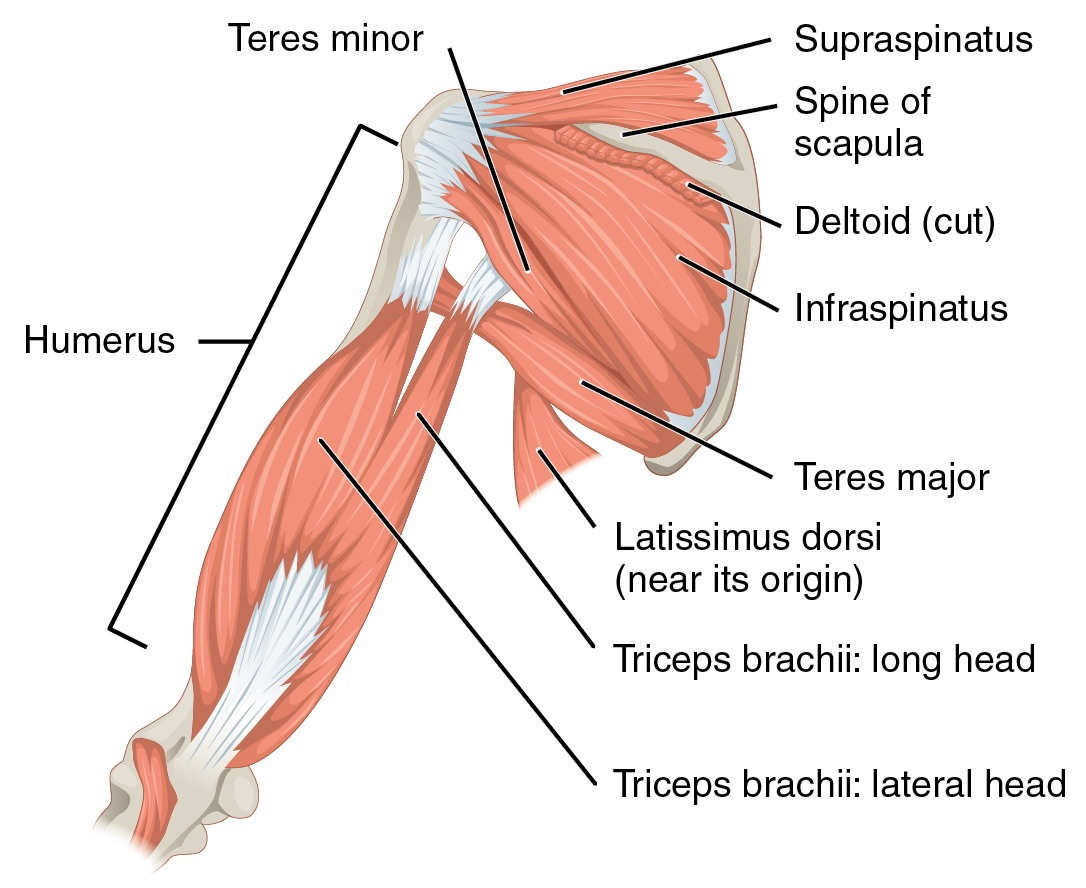
This week’s edition features two articles focused on muscles, scapular and hip adductors to be exact. The first is a great study about how to tweak which scapular muscles are working in an exercise by changing it a teeny bit and the second assesses how you can tell when someone’s fully recovered from adductor injuries. It’s a fraught area that these researchers have dug into deeply.
For More Upper Trap Activation, Bend Your Knee. Wait, What?!
The Gist - This surprising research study from the Journal of Athletic Training shows how small positional tweaks can change scapular muscle activation in really interesting ways. The researchers had their subjects perform bilateral shoulder elevation with external rotation (bent elbows and lifting arms from sides to in front of face by flexing shoulders while maintaining tension on band between hands) in five different positions and measured EMG activity in Serratus Anterior, Upper Traps, Middle Traps, and Lower Traps to compare. Details of the positions are in the next section, but the gist is this: small tweaks in body position made changes in muscular activity. Perhaps the most surprising is in the title. Doing the same shoulder elevation exercise during dynamic unipedal squat increased Upper Trap activity by 5% and decreased Lower Trap by 5%. Interesting stuff.
Tell Me More - Here are those positions you asked for:
- Open hand
- Closed hand
- Dynamic bipedal squat
- Static unipedal squat
- Dynamic unipedal squat
They weren’t in full pistol squat (as I thought at first) rather they flexed their knees to about 30°. Every exercise produced some differences, but the largest were in the lower limb category. It changed the balance between parts of the Traps, emphasizing upper over lower. Closing the hands decreased Middle Trap activation by 3.5% and Lower by almost 8% as well. These little tweaks make pretty big differences to the balance.
What else? Well, they used 31 healthy participants aged about 23 on average, they weren’t the first to show difference like this, and there are some limitations. The biggest is that we don’t yet know what difference this activation makes to the muscles one time. Does it change scapular dysfunction rehab? No idea. That needs to be investigated. Should you use it? Maybe. If you want to tweak which part of the Traps get used, this is a super easy way to do it.
Lastly, did you not understand how I explained the exercise? Yea, me either. It’s hard to describe, okay? There are great images and descriptions in the paper.
Since you let me down by poorly describing this, can I read the paper then? Sure, but you don’t have to be so mean about it. It’s here and Open Access because the JAT is awesome.
How Do You Know When Adductor Muscles are Better? You Kinda Don’t…
The Gist - This hot piece of paper comes from a bundle of Dutch and Qatari researchers in JOSPT who have been putting out a long series of adductor articles. Not important, but one of them works for Ajax, the top-level Dutch soccer team, so that’s cool. Anyway, in this specific study they wanted to see if they could figure out when athletes were recovered from acute adductor injuries by assessing strength, flexibility, and palpation pain. Did it work?
In short, not really. They got some interesting data, but, even though they took measurements 5 days a week in an intense rehab program, they weren’t able to build the roadmap they were seeking. Here’s some of that interesting data though:
After acute adductor injury, flexibility returns to normal early in rehab, while eccentric adduction strength rapidly increases at first, then increases very slowly for the rest of the program. Palpation pain (which is basically where you poke a patient and see where it makes them say “ouch”) can give a better rough impression of rehab progress than flexibility and strength. The length and width of palpation decreased in a near-linear fashion and petered out about when the athletes were passing some return to play metrics.
Tell Me More - Why does this matter? Wouldn’t it be nice to be able to say, “You’re about 75% of the way back”? Yea, I thought so. That’s what the researchers were pursuing, but they didn’t quite get there. The rehab protocol was locked down and testing happened almost every day, meaning they had a great shot at putting this together from their pool of 61 athletes, but still didn’t get there. Possibly the best information we got from this research was what didn’t indicate recovery track.
In hamstring injury, some research has shown that flexibility recovery is a good method to describe rehab progress, but adductors apparently don’t follow that pattern. Because of the relatively erratic strength gains, it doesn’t provide a good roadmap either.
Lastly, the whole goal was to check where athletes were on the return to sport scale, so they needed return to sport milestones. They defined those in another in this paper series, so check that one out if you’re interested.
Where’s this paper though? It’s right here, as always. You really should know that by now 😞. Not open access, but APTA members can get it since it’s JOSPT.
Phew that was a bit longer than I usually run but I just felt so effervescent today. Maybe it’s the rain that’s slapping the Mid-Atlantic states as I write this. Regardless, that’s all we have today. Remember to check out the referral link if you want free access to the full edition with double the article. Highly recommend.
Feature image credit: OpenStax College, CC BY 3.0 https://creativecommons.org/licenses/by/3.0, via Wikimedia Commons

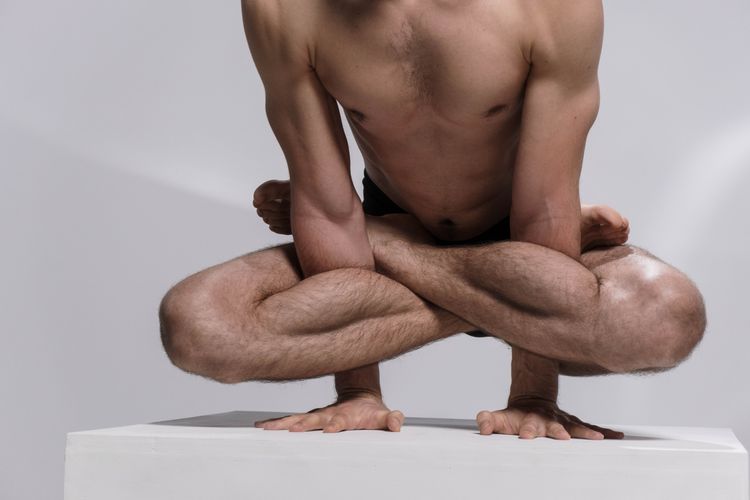
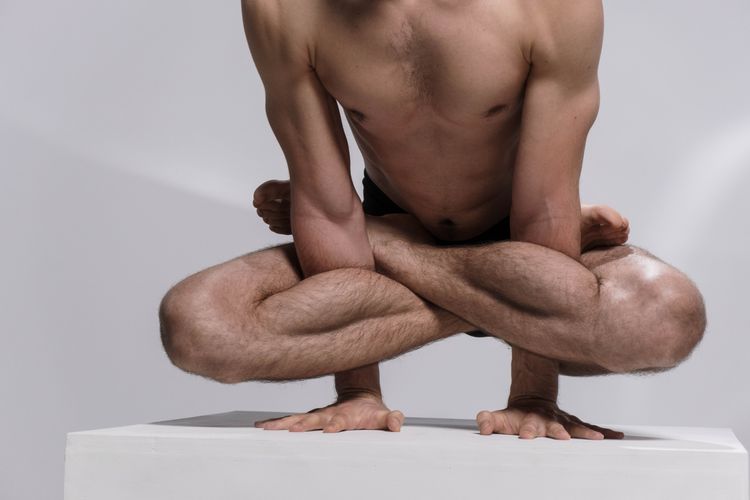
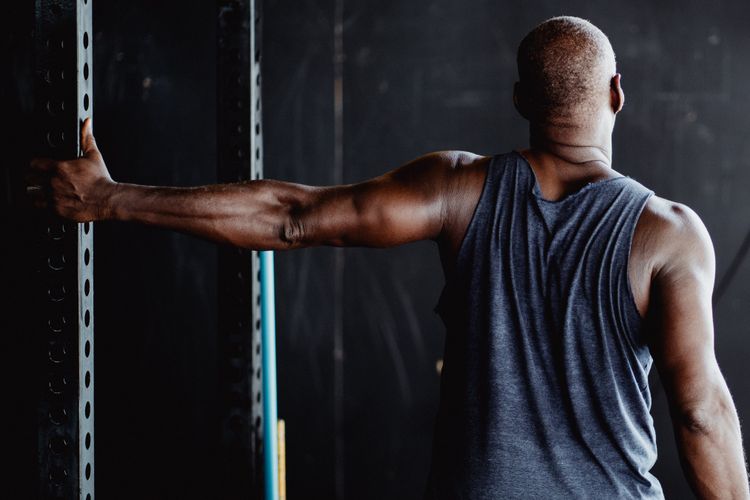
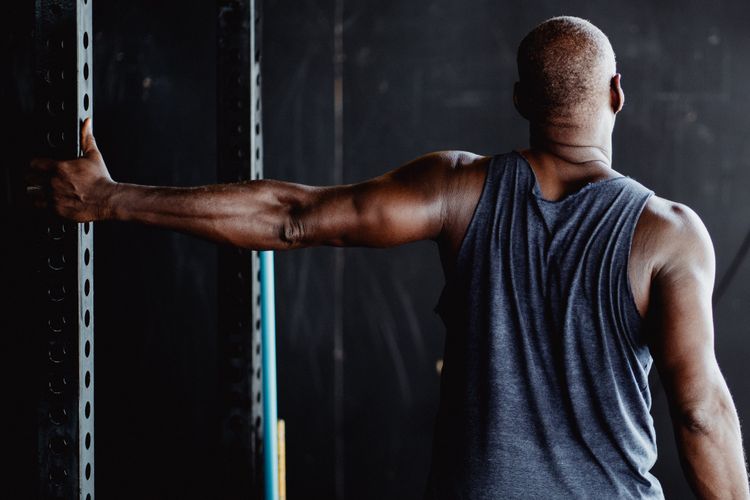

Comments
Want to leave a comment and discuss this with your fellow PTs? Join PT Crab and get summarized PT research in your inbox, every week.